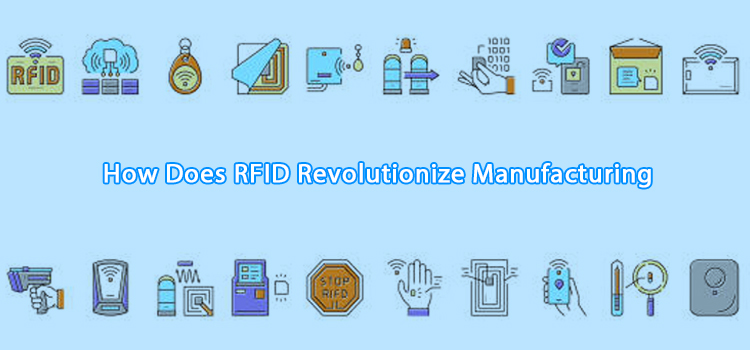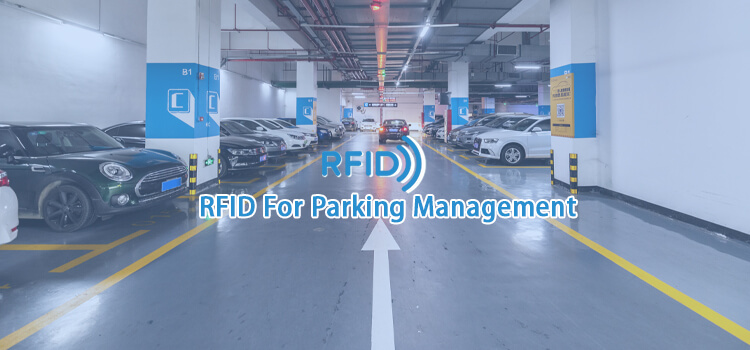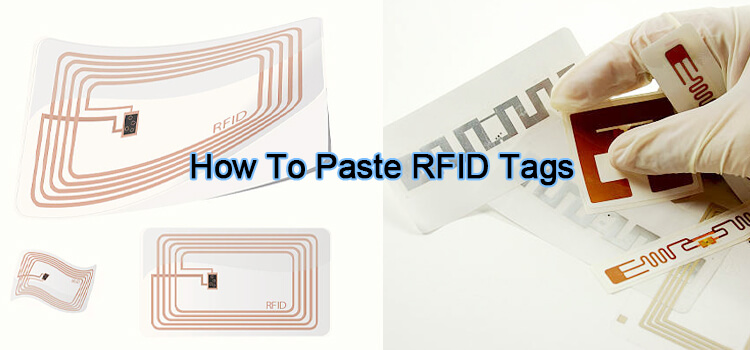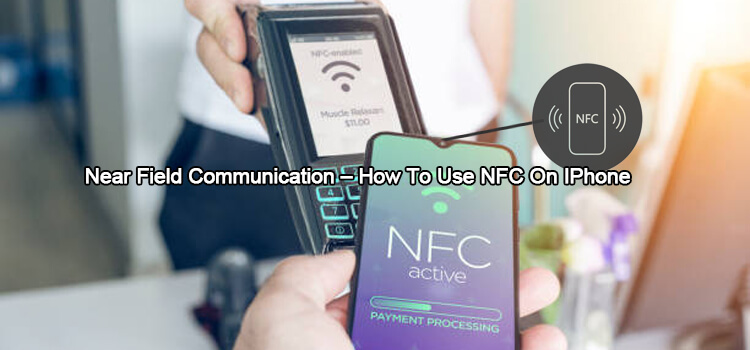Schools are increasingly adopting technology to make their operations more efficient. One such technology is the Radio Frequency Identification or RFID attendance system.
RFID attendance system uses radio frequency identification tags to track and manage student attendance. Here’s a comprehensive guide on how the RFID attendance system works and its benefits.
What is RFID?
RFID stands for Radio Frequency Identification. It is a technology that uses radio waves to identify objects and people. RFID tags are attached to objects or people, and they transmit information about the object or person to a reader.
In a school setup, an RFID tag is attached student’s ID card. The tag contains the student’s information, such as name and ID number. This information is transmitted to a reader when the student waves their ID card in front of it.
How does RFID Attendance System Work?
An RFID system is customized to work with the school’s existing infrastructure and systems. The first step is to install RFID readers at strategic locations in the school, such as entrances and exits.
Next, each student is given an RFID-enabled ID card. The ID card contains the student’s information, such as name and ID number.
When a student waves their ID card in front of an RFID reader, the reader picks up the student’s information from the tag. It sends the information to a computer, recording the student’s attendance.
Components of an RFID Attendance System
There are four main components of an RFID attendance system:
- RFID Tags
RFID tags are made of an RFID chip, antennae, and substrate. The chip is the most critical part of the tag since it stores information about the student. This may include an identification number, name, and other data.
The antenna is the part of the tag that sends and receives signals from the reader. It is placed above the chip to ensure that the signal is not blocked.
The substrate is the support material of the tag. It protects the other components and determines the shape of the tag.
It comes in different forms, including paper, plastic, and metal. The material you choose determines the tag’s durability & comfortability.
- RFID Readers
RFID readers are devices that send and receive signals from RFID tags. They are used to read the information stored on the tags.
In an RFID attendance system, readers are placed at strategic locations in the school, such as entrances and exits. They release a radio frequency that energizes the tag’s antenna. This enables the reader to receive information from the tag.
- Computers & Software
Computers are used to store, process, and manage the data collected by RFID readers. In an RFID attendance system, computers are used to record the student’s attendance.
They can also be used to generate reports, such as attendance records and tardiness reports.
How to Set Up an RFID Attendance System?
There are four steps to setting up an RFID attendance system:
- Source an RFID System. This is the first and the most important step in integrating the RFID system in your school. You need to find an RFID provider that can offer you a comprehensive solution that includes tags, readers, and software.
- Install the System. Once you have sourced the RFID system, the next step is to install it in your school. This includes installing the RFID readers at strategic locations and connecting them to the computer.
- Issue RFID-Enabled ID Cards to Students. The next step is to issue RFID-enabled ID cards to your students. This can be done by printing the ID cards with an RFID chip or by attaching an RFID tag to existing ID cards.
- Configure the Software. The last step is to configure the software to work with your school’s existing infrastructure and systems. This includes linking the RFID readers to the computer and configuring the settings.
Forms of RFID Attendance System in Schools
Schools use different types of RFID attendance systems, depending on their needs and requirements. The most common types are:
- Proximity Cards
Proximity cards are the most popular type of RFID tag used in schools. They are made of PVC and have a built-in antenna.
They can be either active or passive. Active tags have their power source, while passive tags rely on the reader to power them.
Proximity cards are read-only, which means that they can only be used to store information. They cannot be programmed or erased.
- Key fobs
Key fobs are small, keychain-sized devices that contain an RFID tag. They are generally used to grant access to buildings or areas.
Key fobs can be either active or passive. Active key fobs have their power source, while passive key fobs rely on the reader to power them.
- Bracelets/ Wristbands
Bracelets and wristbands are wearable RFID tags that can be used for identification and tracking purposes. They are made of different materials, such as silicone, plastic, and metal.
They are flexible, easy to use, and comfortable to wear. They can be either active or passive.
Benefits of RFID Attendance System
There are many benefits of using an RFID attendance system. Some of these benefits include:
- Improved Accuracy
Record keeping can be hectic if using traditional methods, such as sign-in sheets and manual data entry. This often leads to errors, which can impact the accuracy of attendance records.
An RFID attendance system is more accurate as it uses technology to record and store data. This reduces the chance of human error, resulting in more accurate attendance records.
Additionally, all the records are collected in real-time. This way, you can be sure that the attendance data is always accurate and up to date.
- Time-Saving
RFID attendance system saves you a lot of time as it automates the process of attendance taking. It saves teachers the hassle of taking attendance in class.
This system is also beneficial for school administrators as it generates reports automatically. This way, they don’t have to waste time creating manual reports.
- Reduced Costs
Another benefit of using an RFID attendance system is that it reduces costs. For instance, it simplifies the process of taking attendance. This saves the school money that would otherwise be spent on hiring additional staff to take attendance manually.
It also eliminates the need for paper and other traditional methods of taking attendance. This helps the school save money on paper and other materials.
Overall, the RFID system requires minimal maintenance, which helps the school save on operational costs.
- Improved Security
RFID attendance system also improves security in schools. For instance, it can be used to track students’ movement in and out of the school premises.
This way, you can quickly identify any students who have left the school premises without permission. Additionally, you can use the system to monitor the attendance of staff members. This helps improve the overall security of the school.
Easy to Use
RFID readers can scan tags from a distance. This makes it easy and convenient to use, especially in busy environments like schools.
Additionally, the system does not require a straight line of sight to read the tags. This means that the tags can be read even if they are hidden from view.
This is beneficial in situations where you need to track the movement of people or objects in a crowded area. It can also read many tags simultaneously, making it faster than other methods of taking attendance.
- Enhanced Discipline & Academic Performance
Discipline and academic performance are often linked. A study conducted by the US Department of Education found that there is a positive correlation between student attendance and academic performance.
This means that students who attend school regularly are more likely to perform better academically.
An RFID attendance system can help improve discipline in schools as it makes it easier to track and monitor student attendance. This way, you can quickly identify students skipping school or classes.
Additionally, this system can also be used to monitor the attendance of staff members. This helps to ensure that everyone is accounted for and that they are following the school’s attendance policy.
Other Places to Use RFID in Schools
- Library. Institutions use RFID to manage and monitor the movement of books in and out of the library. This helps to ensure that all books are accounted for and that they are returned on time. It also helps to reduce the chances of books being lost or stolen.
- Cafeteria. RFID can also be used in school cafeterias to keep track of food items. This helps to ensure that all food items are accounted for and that they are served fresh. Additionally, it helps to reduce the chances of food waste.
- Restricted Areas. If an institution has restricted areas, such as laboratories or research facilities, RFID can be used to monitor who enters and exits these areas. This helps to ensure that only authorized personnel have access to these areas.
- School Buses. RFID can also be used to track the movement of school buses. This helps to ensure that all buses are accounted for and that they arrive on time. Additionally, it helps to reduce the chances of buses getting lost or stolen.
Related Articles
- RFID Technology For Cattle Tracking
- NFC Vs. RFID: What’s The Difference Between Them?
- A Guide About Different Types Of RFID Tags
- 10 Common Applications Of RFID In Hospitals
- RFID In Retail Logistics And Inventory Management
- RFID For Parking Management
- How Does RFID Revolutionize Manufacturing
- Why Do You Need RFID Jewelry Tags?





